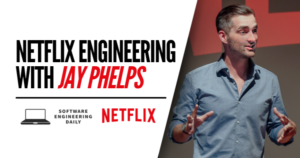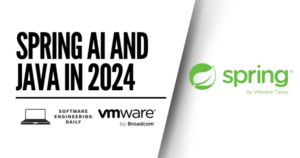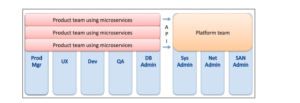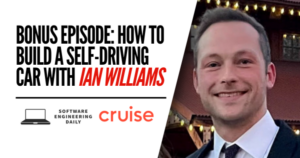Edge Deep Learning with Aran Khanna
Podcast: Play in new window | Download
Subscribe: RSS


A modern farm has hundreds of sensors to monitor the soil health, and robotic machinery to reap the vegetables. A modern shipping yard has hundreds of computers working together to orchestrate and analyze the freight that is coming in from overseas. A modern factory has temperature gauges and smart security cameras to ensure workplace safety.
All of these devices could be considered “edge” devices.
Over the last decade, these edge devices have mostly been used to gather data and save it to an on-premise server, or to the cloud. Today, as the required volumes of data and compute scale, we look for ways to better utilize our resources. We can start to deploy more application logic to these edge devices, and build a more sophisticated relationship between our powerful cloud servers and the less powerful edge devices.
The soil sensors at the farm are recording long time series of chemical levels. The pressure sensors in a centrifuge are recording months and years of data. The cameras are recording terabytes of video. These huge data sets are correlated with labeled events–such as crop yields.
With these large volumes of data, we can construct models for responding to future events. Deep learning can be used to improve systems over time. The models can be trained in the cloud and deployed to devices at the edge.
Aran Khanna is an AI engineer with Amazon Web Services, and he joins the show to discuss workloads at the cloud and at the edge–how work can be distributed between the two places, and the tools that can be used to build edge deep learning systems more easily.
To find all of our shows about machine learning and edge computing, as well as links to learn more about the topics described in the show, download the Software Engineering Daily app for iOS or Android. These apps have all 650 of our episodes in a searchable format–we have recommendations, categories, related links, and discussions around the episodes. It’s all free and also open source–if you are interested in getting involved in our open source community, we have lots of people working on the project and we do our best to be friendly and inviting to new people coming in looking for their first open-source project. You can find that project at Github.com/softwareengineeringdaily
Transcript
Transcript provided by We Edit Podcasts. Software Engineering Daily listeners can go to weeditpodcasts.com/sed to get 20% off the first two months of audio editing and transcription services. Thanks to We Edit Podcasts for partnering with SE Daily. Please click here to view this show’s transcript.



















